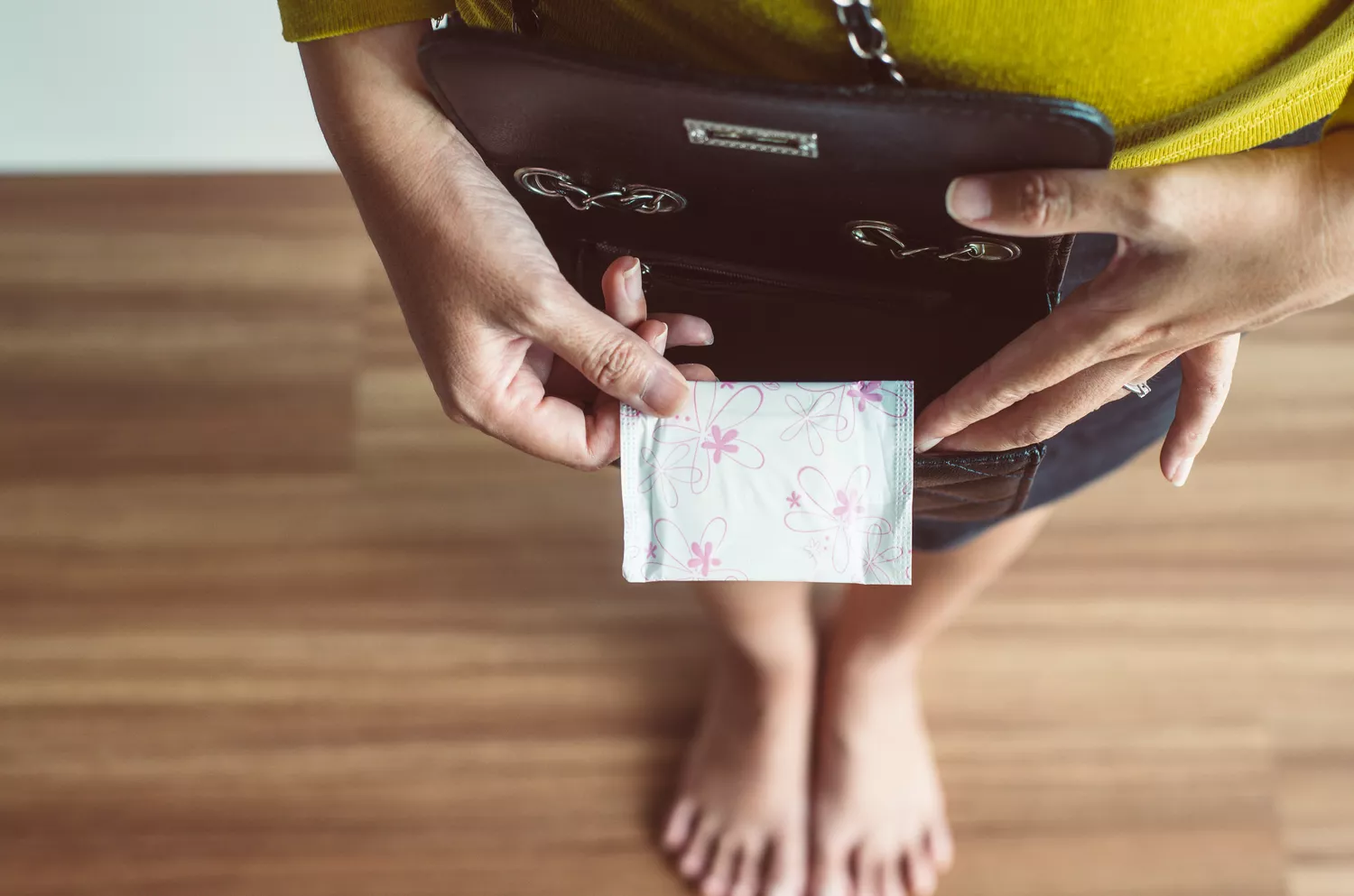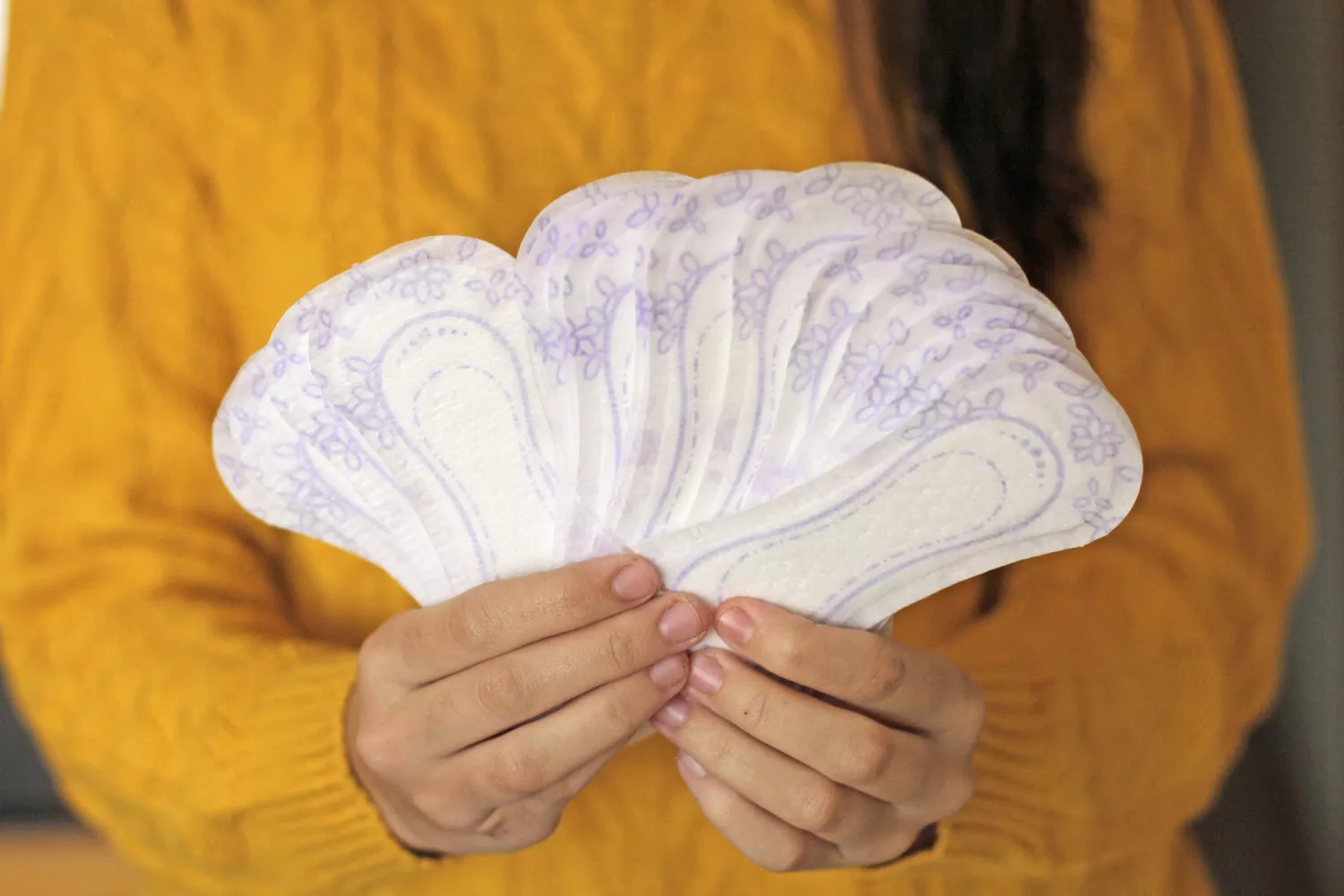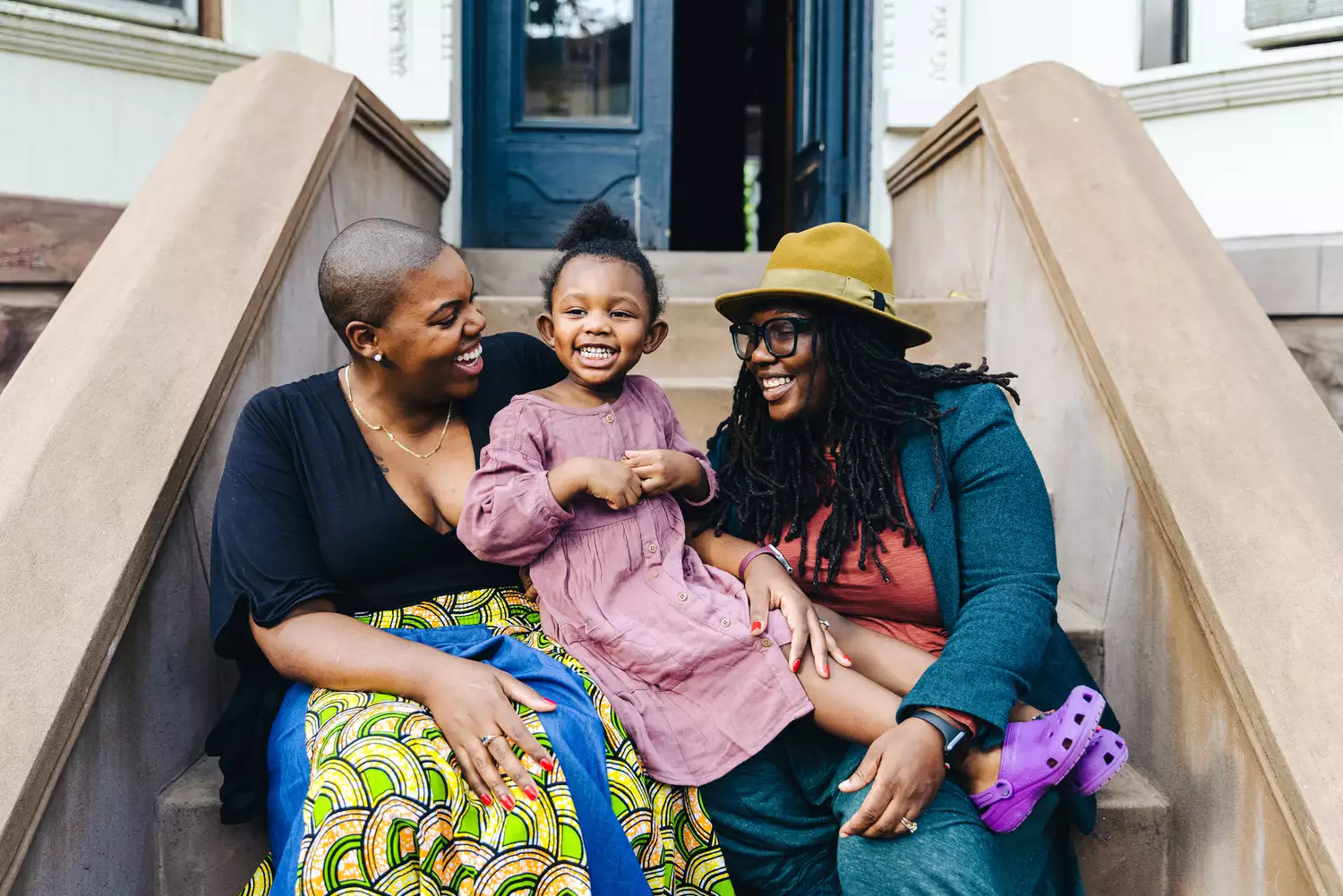9 Ways to Support a Child With Anxiety


It’s common for children to have periods of trepidation and fearfulness. Both are a “normal” part of development. But sometimes, anxiety becomes more persistent and challenging.
According to the Centers for Disease Control and Prevention (CDC), a child may be diagnosed with an anxiety disorder if their feelings of stress and fear interfere with school, socialization, and/or their home life. Over 9% of children live with an anxiety disorder, as per the CDC, and anxiety and depression among children has been increasing over the past few decades.
Whether your child deals with a diagnosed anxiety disorder or simply lives with moments of worry and fear, it’s understandable that you may be looking for actionable ways to help your child manage their anxieties. After all, as their parent, you are on the front lines of helping them cope with whatever comes their way.
How to Recognize High-Functioning Anxiety in Children
Here, three psychologists offer compassionate and effective tips for helping your child wade through the choppy waters of anxiety.
Take Care of Your Own Mental Health First
In order to help your child manage their anxiety, the first step is to take care of yourself, says Deborah Vinall, PsyD, LMFT, doctor of psychology, licensed marriage and family therapist, and author of Trauma Recovery Workbook for Teens. If you also struggle with anxiety, she suggests getting to the root of it, and considering beginning psychotherapy yourself.
Having a caring, sensitive, even-tempered parent is key to your child being able to cope with anxiety, says Dr. Vinall. “Children are incredibly perceptive and will pick up on their parents’ emotions,” she says. “Share your calm rather than chaos, and they will feel it.”
Stay Away from Phrases Like “Don’t Worry”
It can be tempting to want to soothe your child’s anxiety away by saying things like “calm down,” but it’s important to let your child know that it’s okay to be scared sometimes and they shouldn’t feel forced to put on a brave face if that’s not what they’re feeling.
Ashley Castro, PhD, licensed clinical psychologist and the founding executive director of Therapy4thePeople, suggests that parents stay away from phrases like “don’t be scared.” “Anxious children often believe that being scared or nervous is bad and something to be avoided at all costs,” says Dr. Castro. “Telling them not to be scared reinforces this belief, invalidates their feelings, and ultimately doesn’t help the situation.”
Teach Your Child Deep Breathing Techniques
One of the best ways to stop an anxiety attack from escalating is utilizing deep breathing, which naturally calms the nervous system. You can practice deep breathing techniques with your child, says Dr. Vinall. This can include techniques like alternate-nostril breathing, “box breathing,” or slowly counting breaths in through the nose and out through the mouth, Dr. Vinall suggests. “With young children, blowing bubbles is an effective and enjoyable way to practice breathwork,” she says.
Teach Your Child To Recognize Their Resilience
“Sometimes our kids can internalize that they are not equipped to cope with a tough situation,” says Lauren Cook, PhD, clinical psychologist and author of Generation Anxiety. “We want to teach them that sometimes it will be hard and painful, but that they can endure.” Parents can do this by pointing out the moments in their children’s lives that they are acting bravely, or moving through their anxious moments with grace. “Just as we remind them they are growing strong bones and muscles, they are also growing a strong sense of resilience,” says Dr. Cook.
Encourage Your Child To Face Their Fears
It often feels counterintuitive, but having your child avoid situations that they are fearful of only makes the fear worse. Dr. Castro says parents should encourage their anxious kids to do the things that scare them–as long as it’s safe to do so.
“Feared objects or situations become much scarier for children the longer they’re allowed to avoid them,” says Dr. Castro. “Parents should gently guide children toward the objects or situations that provoke their anxiety, especially when avoiding them would have negative consequences (e.g., going to school, speaking up in social situations, taking elevators).”
If a child has a strongly anxious reaction to doing so, then this may be the time to involve a mental health professional in the process, to explore why your child’s reaction is so strong, suggests Dr. Castro.
Create a “Worry Box” or “Worry Jar”
Dr. Vinall shared a fantastic idea for helping your child deal with their anxious thoughts: she suggests having your child make a “worry box” or a “worry jar.” “Decorate it together and determine a special place for it to be,” Dr. Vinall recommends. “When your child feels anxious and worried, provide space for them to talk through their worry, and then guide them to imagine putting the worry into their hands and physically motion to place the worry into the jar or box, where it will be contained until a good time to address or think about it again.”
“Make sure the container has a lid and a latch, though, so that the worries don’t escape,” Dr. Vinall adds.
Get Their Body Moving
One of the best ways to manage anxiety is through exercise. Anxiety is a somatic (bodily) experience, says Dr. Cook, and this is true for children, too. “Whether it’s with kid yoga, running around the yard, or doing an activity where they need to use their hands (like doing a puzzle or painting), exercise helps in two ways,” she says. “One, it can distract from the uncomfortable physical sensations of anxiety and two, it can give kids a corrective experience with their bodies where they see that their body can bring them joy, not just anxiety.”
Remind Them That “This Too Shall Pass”
When children are experiencing anxiety, they need hope–they need to know that the experience is temporary, Dr. Cook says. Reminding your child that “this too shall pass” is important because children often get so caught up in their intense feelings that they believe the uncomfortable feelings will never end.
“Letting them know that their discomfort will not last forever, and even setting a timer to show how their feelings can change even within a matter of 10 minutes, can help them see that the intensity of the anxiety does stay at that high level forever,” says Dr. Cook.
Explore Therapy Options
If you have an anxious child, you do not have to do this alone, and for many children, therapy is a wonderful and effective way to manage anxiety. Dr. Vinall says that for children, play therapy and art therapy are great ways to address anxiety. You can look into other options as well, such as cognitive behavioral therapy (CBT), which is often used for kids who live with anxiety.
“Explore therapy options near you, and support your child in building a relationship with their therapist,” says Dr. Vinall. “This is particularly crucial if your child has experienced a traumatic event, loss, or separation. Trauma effects do not simply go away with time, but need targeted intervention to heal.”
Free Mental Health Resources for Families
If you need help finding a therapist for your child, consider asking a pediatrician for suggestions, or contacting your child’s school psychologist. You can also call your health insurance company and ask for a list of therapists covered. If private therapists aren’t covered under your insurance, a local mental health clinic might be an option for you.











